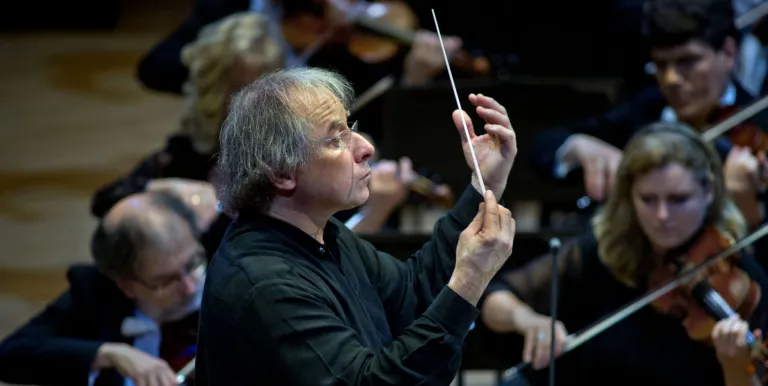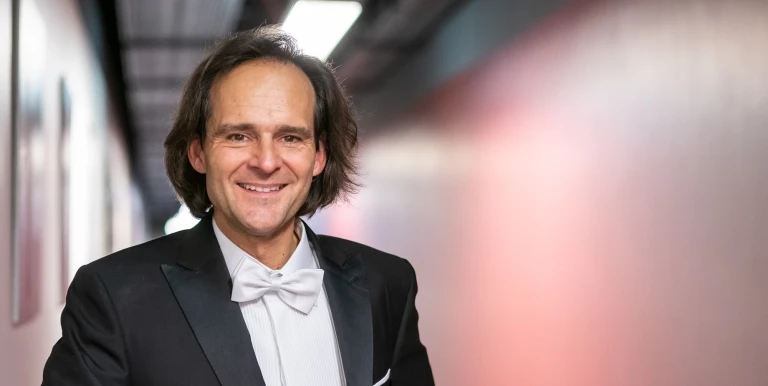one interval
Conductor:
Featuring:
Schubert
Lieder
Mahler
Symphony No. 6 in A minor ('Tragic')
Every composition attempts to meet two mutually contradictory requirements: the need for unity and the need for variety (or variation). In terms of its musical character and orchestral colour, Mahler’s Symphony No. 6 is incredibly rich. Underneath what is happening on the surface, however, Mahler constructed an extremely concentrated web of motifs limited to just a few elements interconnected across the entire composition. The Sixth Symphony was written in 1903-1904 and its world première took place in Essen on 27 May 1906, under the baton of the composer.
With its infinitely tragic conclusion, the composition occupies a unique position among Mahler's symphonies: Bruno Walter felt that the work's sobriquet originated with Mahler himself. The finale is the symphony's most monumental movement. Many have attempted to find a reading for this unexpected ending, which remains enigmatic even as it portends catastrophe. The period when Mahler was composing the symphony, in contrast, was one of the happiest times in his life: He married Alma Schindler in 1902, and their daughter was born soon afterwards. As he was working, they were already expecting their second child.
Years later, Alma Mahler interpreted the three menacing hammer strikes in the finale as a premonition of the three blows that fate would deal him in 1907: in that year, they would lose their eldest daughter, while Mahler would be diagnosed with a grave heart disorder, forcing him to leave the Vienna Opera. Alma was convinced that great artists can see into the future, and so it was possible that with Kindertotenlieder and the Symphony No. 6, he was foreseeing his own fate.
Presented by: Concerto Budapest
-
We wish to inform you that in the event that Müpa Budapest's underground garage and outdoor car park are operating at full capacity, it is advisable to plan for increased waiting times when you arrive. In order to avoid this, we recommend that you depart for our events in time, so that you you can find the ideal parking spot quickly and smoothly and arrive for our performance in comfort. The Müpa Budapest underground garage gates will be operated by an automatic number plate recognition system. Parking is free of charge for visitors with tickets to any of our paid performances on that given day. The detailed parking policy of Müpa Budapest is available here.










